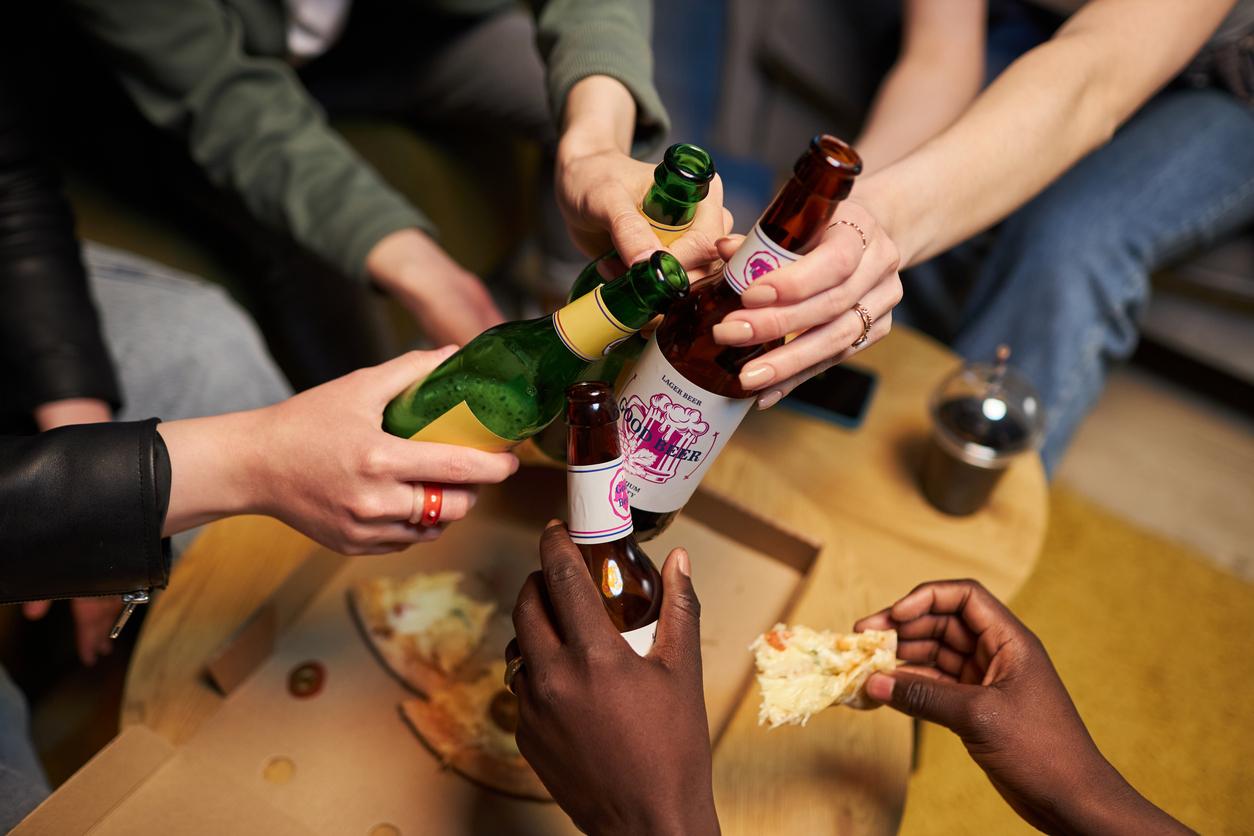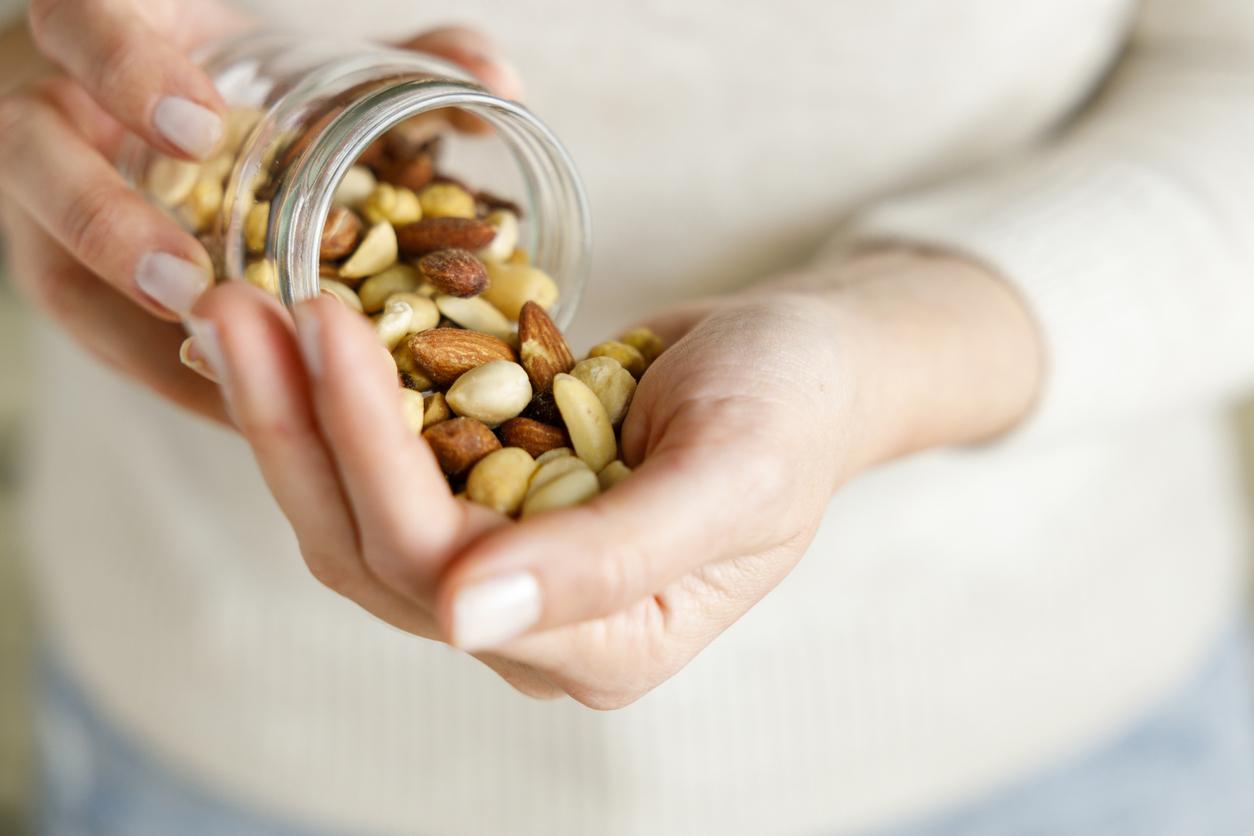By analyzing the way we walk, our smartphone is able to determine if we are drunk. A valuable tool that could be used to alert on alcohol consumption and prevent drunk driving.

- A study conducted on 22 participants shows changes in gait in the event of high blood alcohol levels.
- According to its main author, it is possible to use smartphones to detect alcohol-related impairment at an early stage and therefore to prevent accidents or intoxication.
Our smartphones know more about us than we think. According to a new study conducted by researchers at the University of Pittsburgh School of Medicine (USA), they would be able to determine if we have drunk too much by analyzing our gait. The conclusions of the work have just been published in the Journal of Studies on Alcohol and Drugs.
90% reliability
“We have powerful sensors that we take with us wherever we goexplains Brian Suffoletto, lead author of the study. We must learn to use them to best serve public health.”
With his colleagues, the researcher recruited 22 adults aged 21 to 43, who drank an alcoholic vodka drink that produced a breath alcohol concentration of 0.20%. Then, every hour for seven hours, participants had their blood alcohol levels tested and completed a walking task. For this task, the researchers placed a smartphone on each participant’s lower back, secured by an elastic waistband. Participants walked in a straight line for 10 steps, turned around, and took 10 steps back.
The smartphones measured acceleration and medio-lateral (side-to-side), vertical (up-down) and antero-posterior (forward and backward) movements as the participants walked.
The results obtained are clear: in 90% of cases, the researchers observed changes in gait when the participants’ blood alcohol level exceeded 0.08%, which is the legal limit for driving in the United States.
Better prevent the risks associated with alcohol consumption
For Brian Suffoletto, these early results show that phones can “be useful in identifying ‘signatures’ of alcohol-related functional impairments”. They could thus help prevent deaths and injuries linked to excessive alcohol consumption. “Having real-time information about alcohol poisoning could be important to help people reduce their alcohol consumption, prevent drunk driving or alert a sponsor for someone in treatment”he explains.
Going forward, the emergency physician plans to not only build on this research to detect real-life signatures of alcohol-related impairment, but also to identify the best communication and behavioral strategies to influence and supporting individuals during high risk times such as poisoning. “Five years from now, I’d like to imagine a world in which people who go out with friends and drink at risky levels are warned at the first signs of impairment and given strategies to help them stop drinking and protect them. against high-risk events such as driving, interpersonal violence and unprotected sexual encounters”he concludes.

.














